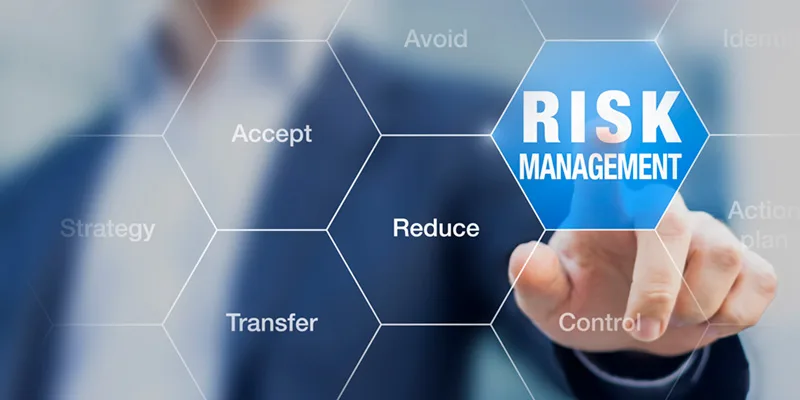The domain of risk management is experiencing rapid transformations, propelled by technological advancements that redefine how companies anticipate and mitigate risks. Emerging technologies are set to revolutionise traditional risk management practices, making them more predictive, integrated, and data-driven. This article delves into the future of risk management by exploring the leading tools and technologies that are shaping this evolution.
Artificial Intelligence and Machine Learning
Artificial Intelligence (AI) and Machine Learning (ML) are at the forefront of innovation in risk management. These technologies facilitate the analysis of large datasets, enabling predictive risk management and decision-making based on data rather than intuition.
Impact:
- Predictive Insights: AI algorithms can predict potential risks and their impacts by analysing past data, current trends, and even seemingly unrelated factors.
- Automated Risk Responses: ML models learn from outcomes to improve their risk predictions and automate responses for similar future events, enhancing real-time risk mitigation.
Blockchain Technology
Blockchain is gaining traction as a significant Risk Management Tool due to its inherent characteristics of transparency, immutability, and security. Its application in risk management primarily revolves around enhancing the integrity and traceability of transactions.
Impact:
- Fraud Reduction: Blockchain reduces the risk of fraud in financial transactions and supply chains by creating a permanent, unalterable record of all transactions.
- Improved Compliance: The transparency of blockchain supports better compliance tracking, particularly in sectors like finance and healthcare, where sensitive data handling is crucial.
Internet of Things (IoT)
IoT technology integrates physical devices with internet connectivity, allowing for real-time data collection and analysis. In risk management, IoT devices can monitor a myriad of risk factors, from environmental sensors in manufacturing processes to health trackers in insurance.
Impact:
- Enhanced Monitoring: IoT devices provide continuous monitoring of critical systems and environments, early detecting conditions that could lead to risks.
- Proactive Risk Management: The real-time data from IoT devices enable businesses to manage risks proactively by addressing issues immediately as they arise.
Advanced Analytics and Big Data
The exponential growth in data generation has bolstered the use of advanced analytics in risk management. Big Data technologies allow for the aggregation and analysis of vast amounts of data to uncover patterns, trends, and predictions.
Impact:
- Holistic Risk View: Big Data analytics provide a more comprehensive view of risk across different areas of the business, breaking down silos between departments.
- Quantitative Risk Analysis: Advanced analytics offer sophisticated modelling techniques that enhance quantitative risk analysis, leading to more accurate risk assessments.
Cybersecurity Innovations
As digital transformation deepens, so does the risk of cyber threats. Innovative Risk Management Tools focusing on cybersecurity are crucial in safeguarding digital assets and ensuring data privacy.
Impact:
- Threat Intelligence Platforms: These tools gather and analyze data on new and emerging cyber threats, helping companies stay one step ahead of potential breaches.
- Automated Security Solutions: Automated systems detect and respond to security threats in real time, significantly reducing the window of opportunity for cyber attackers.
Conclusion
The future of risk management lies in leveraging these cutting-edge tools and technologies to create more resilient and agile business practices. As the landscape continues to evolve, organisations that adopt and integrate these innovations into their risk management strategies will not only safeguard their assets but also gain a significant competitive advantage. The key to future-proofing businesses against unknown risks will be staying abreast of technological advancements and continuously adapting risk management practices accordingly.




